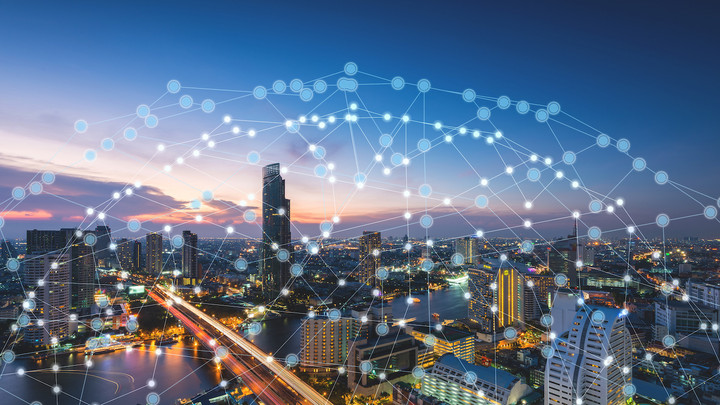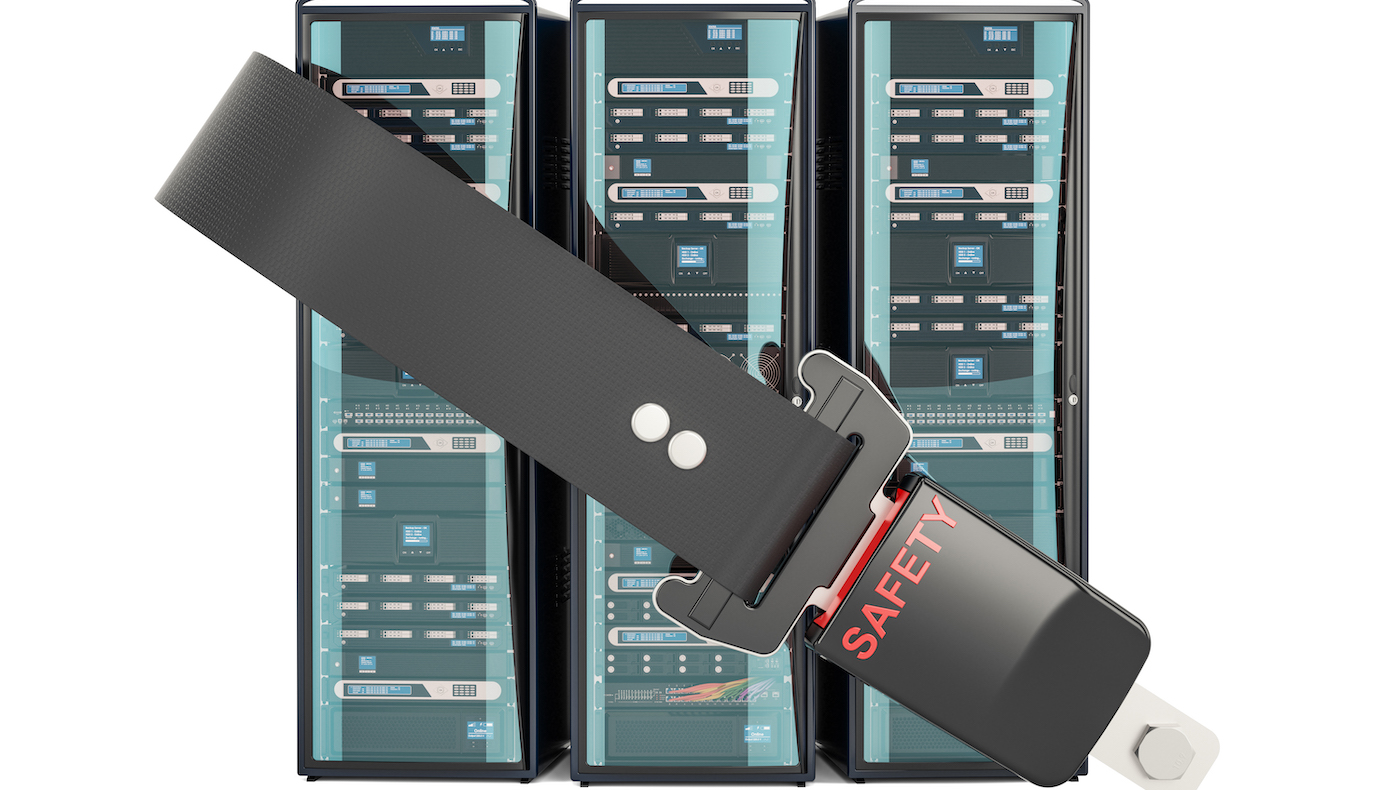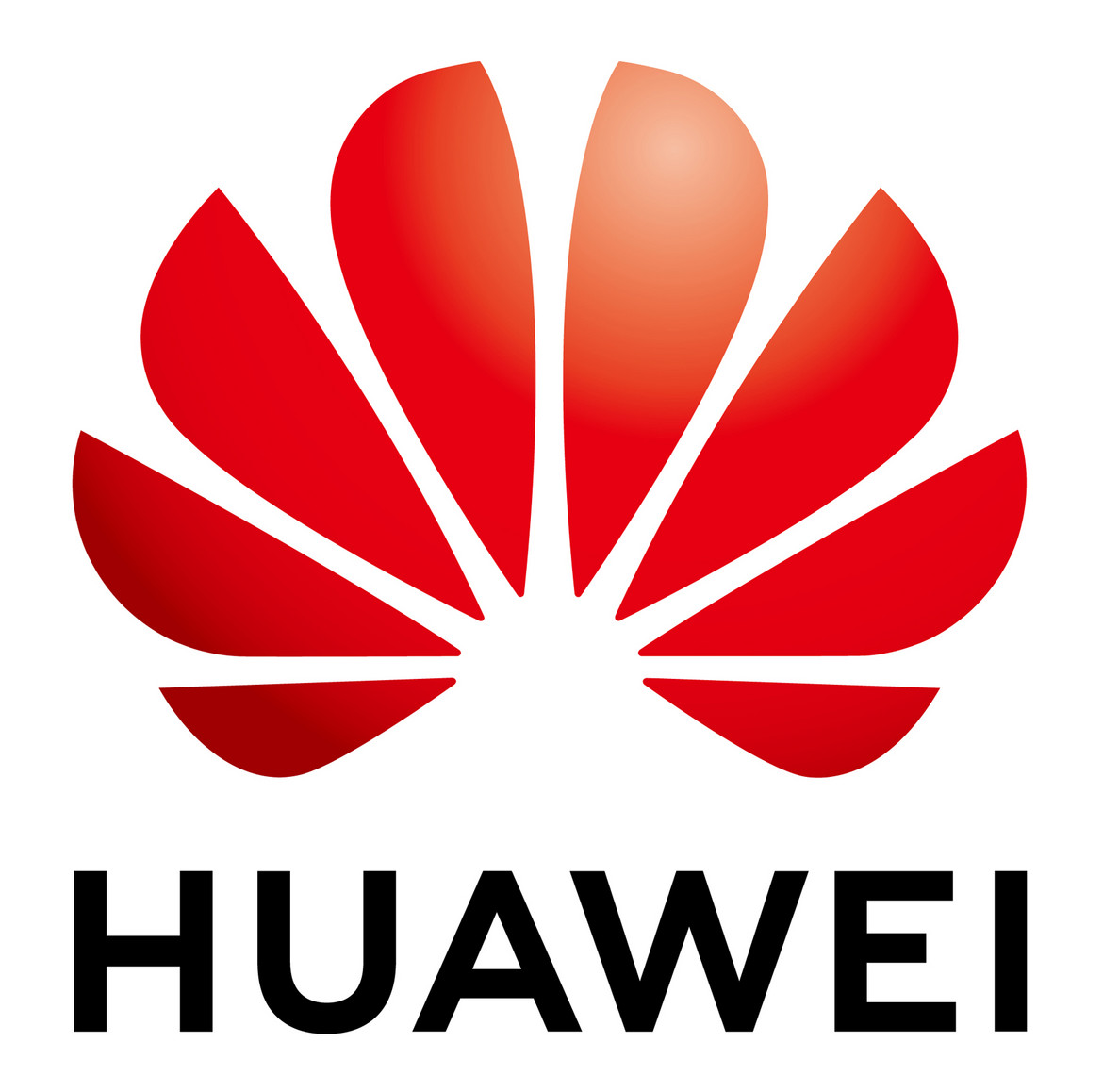AI: A New General-Purpose Technology
Ingobert Veith from HUAWEI offers insight into the benefits of AI, together with 5G and IoT technologies – for everything from networks to autonomous driving, and on to fighting COVID-19.

© structuresxx | istockphoto.com
dotmagazine: How does Huawei make use of AI? What business challenges do you solve with it?
Ingobert Veith: The world is facing a social and economic transformation driven by artificial intelligence (AI). Intelligent Computing will become a new productive force, and data will become its new fundamental resource. 5G, AI, and cloud computing are essential production tools, enabling the digital transformation of thousands of industries. I believe AI will be applied in all social and economic domains as a key engine driving global progress and development, e.g. for Industry 4.0. AI enhances human capabilities by automating many routine tasks.
Businesses are diverse by nature, but very often face the same challenges, such as productivity, efficiency, and cost. There are numerous examples: For instance, using AI, companies can offer first line customer care across multiple channels, thus relieving their human workforce. Or, if a tractor is controlled by AI, it can run 24 hours a day, while also saving people from working in harsh environments.
Huawei positions AI as a new general-purpose technology, comparable to railways or electricity in the 19th century, or to automobiles, computers, or the Internet in the 20th century. Therefore, Huawei invests in basic AI research, develops fundamental AI components like chipsets, all scenario hardware solutions, and full-stack software, enabling synergetic device-edge-cloud AI applications. This unified and efficient architecture provides abundant and economical computing resources. Just like we do with our other technologies, we apply AI in our own digital transformation process: Among other applications, Huawei uses AI to automate its administration and as a means to increase the efficiency of our global workforce in the form of an enterprise online translator.
dot: From smart cities to smart factories and on to the smart home – in which sectors and use cases do you see the greatest opportunitites for AI?
Veith: From Huawei’s point of view, AI can be applied in all listed sectors and beyond. In China, Huawei cooperates with telecom operators, local authorities, industries, and partners in many areas like public traffic control (vehicle detection), data analytics, electronic archiving, smart grid, family care, etc. Very often the strength of AI lies in the substitution of the human eye by machine vision and AI algorithms for situation assessment.
In Germany, where many industries are highly advanced, I also see great potential. For example in
- autonomous driving, where AI resources help to achieve driving automation of level 3 and above by combining in-car intelligent computing with network and cloud resources.
- smart manufacturing, from predictive maintenance, to collaborative human-machine-interaction, to automated quality control.
- smart agriculture, where AI can help in pest control, watering, etc.
- eHealth/smart medical care with AI-assisted computer tomography (CT), which can be applied to diagnosis, such as for COVID-19, to take a currently highly necessary example – a topic I will come back to later. Cardiac modelling is another promising use case.
Furthermore, AI enables automated mobile network operation and energy saving, of interest especially to network operators. Speaking for Huawei, embedded AI is already established in our high-end smartphones for intelligent photography enhancements, and as intelligent LAN-switches for data centers, whereas AI-enhanced communication products are yet to become mainstream. So in Germany, Huawei’s AI computing is still at an early stage.
dot: Whether we talk about demographics, digitalization, or climate change – where do you see the chance for AI to support solving the major economic and social challenges we are currently facing?
Veith: AI is the natural next step in the process of digitalization. It has the potential to address many fundamental contemporary and future challenges. While digitalization provides the means to sense and translate the physical reality into its digital twin representation, AI allows us to automate data science and develop decision-making algorithms. It is probably impossible to provide a comprehensive survey of all potential solutions, so let me name a few key applications:
- AI is able to sort waste more efficiently. This can help to use natural resources more efficiently and lower CO2 emissions.
- AI can help monitor and protect the environment. For example videos and pictures taken by onsite personnel using their smartphones can be uploaded to AI platforms, which then automatically detect floating objects in a river, or other water area changes. This is also useful for satellite scans and other image material.
- Intelligent robots can reduce the need for human personnel in high risk environments, or for repetitive tasks.
- Intelligent assistants allow for automatic parking and increase overall traffic safety.
However, as AI needs abundant processing power, a major future challenge is the energy consumption for intelligent computing. Huawei developed a 2 Tera Operations per Second (TOPS) per watt chipset to address this issue.
dot: Huawei implements AI in your network technologies: What does this make possible?
Veith: AI already plays an important part in our network technologies. In the future, it will even go so far as to become irreplaceable, especially for 5G, which will enable the digitalization of the entire industry. This is the case for basically three reasons, which are, in a nutshell:
- Firstly, the application of AI in mobile networks helps to achieve flexible autonomy of 5G network operations, and continuously improves network performance. In addition, it helps to reduce energy consumption.
- Secondly, applying AI simplifies network operations and maintenance and accelerates site deployment. Automated site inventory and upgrade planning make the process more than 80% faster than traditional site deployment.
- Thirdly, AI can be used on the service layer to provide end-to-end deterministic network services, which are needed by a wide range of industries. As mentioned earlier: Even simple products like ethernet switches can be improved significantly with embedded AI.
dot: AI and 5G go hand in hand: Why do intelligent IoT applications require intelligent 5G connectivity?
Veith: 5G is seen as the next generation mobile network technology. Differing from previous generations, 5G provides connectivity for a very broad range of requirements. While boosting peak data rates up to 20 Gbit/s, it also covers a much higher density of terminals per area, and provides maximum reliability of data transmissions with a very low latency.
These characteristics qualify 5G as the ultimate robust connectivity layer, in particular, for cloud applications, data-intensive IoT sensors (e.g. for machine vision), but also for wireless control applications in manufacturing and campus environments. High bandwidth and real time data transmission capabilities are fundamental to collect data for AI trainings and algorithm inference. In the future, we expect all-scenario AI use: from terminals, to edge, to cloud computing, in combination with 5G or related transmission technologies.
dot: What new use cases will we see in industry in conjunction with 5G?
Veith: There are already plenty of 5G+AI use cases, and there will be more and more in the coming years. In smart manufacturing, 5G+AI will change the production mode. For example, 5G-enabled machine vision can implement automatic quality inspection in the pipeline, greatly reducing the false negative rate. This is a replicable application that can be scaled up and is already being used in some factories. In the food industry, AI will be used for supply chain and raw material quality management. Maybe in a few years' time, the beer production in Germany can also leverage AI analysis tools. And let me take autonomous driving as a final strong example: Automobiles can become intelligent nodes that connect to the AI of smart transportation systems and even smart cities via 5G. Route planning, speed, and start/stop automation of vehicles can all be managed by the AI of a smart transportation system.
dot: IoT, Edge, 5G and AI - ecosystems are becoming increasingly complex. What role do partners and cooperative projects play for Huawei?
Veith: Due to this complexity, global open cooperative ecosystems are imperative for future digitalization, I believe. These include different technology suppliers, specialists, and many actors within the value chains of connectivity, sensors, cyber-physical systems, intelligent computing resources, platforms, and applications. Huawei invests in the development and evolution of this ecosystem through joint proof of concept projects with partners from major vertical industries and many public domains. In these, we focus on 5G connectivity products, AI computing resources, and providing development environments for IoT device development.
Against this backdrop, I can say that our AI solutions are all jointly developed by industry partners and Huawei. With this approach, Huawei contributes to building the digital foundation, in other words the "black soil" for future businesses. Through hardware openness, open-source software, and our strategy of enabling partners, we continuously promote AI development with academia and industry. Ultimately, all kinds of smart solutions are the result of the joint efforts of partners and Huawei.
dot: How is Huawei helping in the fight against COVID-19? What has the company itself done to help reduce the spread? How can AI help in this situation?
Veith: Our digitalization focus also applies to the demand of the medical sector, where it is paramount to provide efficient services for the protection of human health. Indeed, the unfortunate occasion of the COVID-19 pandemic shows some of the benefits of advanced digital technologies. As a leading supplier of digital infrastructure we have even been able to help take advantage of these new opportunities in China: Based on the Huawei Cloud telemedicine platform, the ad hoc Huoshenshan Hospital (built within 10 days) was able to consult regarding COVID-19 cases with the Beijing 301 hospital, utilizing tele-conferencing and fast data exchange, immediately after setup. This was only possible because both locations have 5G and fiber connectivity installed. Furthermore, the Huawei Cloud hosted the collaborative AI-assisted quantitative analysis service for medical images, thus accelerating CT diagnosis of suspected COVID-19 patients six-fold. This was helpful to efficiently treat critical patients, and to relieve scarce radiology resources.
More generally speaking, I would say the current pandemic highlights the benefits of online collaboration for the training of medical personnel, for intensive care, and for remote support for emergency treatment. In China, we also provided the intelligent computing power to run AI algorithms which completed gene sequencing of the Corona-Sars-2 Virus ten times faster than with traditional processing resources. I would further like to highlight that an AI-assisted drug screening, based on the Huawei Cloud AI Ascend cluster service and ModelArts one-stop AI development and management platform, helped to quickly identify five COVID-19 relevant candidate drugs out of more than 8,500 exisiting ones from DrugBank. It also managed to perform molecule configuration matching of about 160 million small molecules in the UniChem database within one week. Finally, many other technology applications have been investigated in the fight against COVID-19, from a 5G remote-controlled ultra-sound scan robot, to unmanned autonomous disinfection vehicles, to infrared temperature sensing, and on to freight vehicles supporting the automation of hospital logistics.
Ingobert Veith leads the Public Policy Activities of Huawei in Germany. The focus of his work includes political and regulatory issues regarding digital infrastructures, among other topics. In this context, Ingobert regularly contributes to relevant committees, such as in his role as Chair of the BITKOM Committee on Communication Technologies or as a Member of the Board of the Initiative D21. Prior to this, as a Senior Consultant at Prognos AG, Ingobert accompanied infrastructure projects in the energy and gas industry.
Please note: The opinions expressed in Industry Insights published by dotmagazine are the author’s own and do not reflect the view of the publisher, eco – Association of the Internet Industry.




